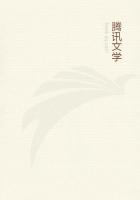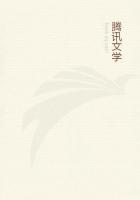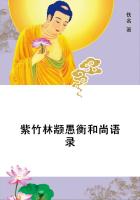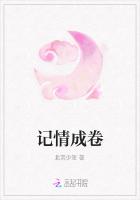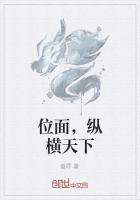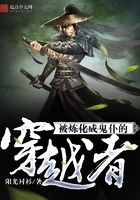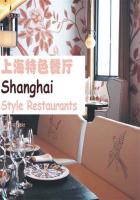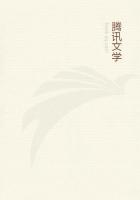"the monumental hireoglyphics of the Egyptians were almost invariably painted with the liveliest tints; and when similar hireoglyphics were executed on a reduced scale, and in a more cursive form upon papyri or scrolls made from the leaves of the papyrus the pages were written with both black and colored inks."The early mode of ink writing in biblical times mentioned in Numbers v. 23, where It is said "the priest shall write the curses in a book, and blot them out with the bitter water," was with a kind of ink prepared for the purpose, without any salts of iron or other material which could make a permanent dye;these maledictions were then washed into the water, which the woman was obliged to drink, so that she drank the very words of the execration. The ink still used in the East is almost all of this kind; a wet sponge will obliterate the finest of their writings.
In the book of Jeremiah, chap. xxxvi. verse 18, it says: "Then Baruch answered, He pronounced all these words unto me with his mouth, and I wrote THEM with ink in the book," and in Ezek. ix. 2, 3, 11, "Ink horn" is referred to.
Six hundred years later in the New Testament is another mention of ink "having many things to write unto you. I would not write with paper and Ink,"&c.; second epistle. of John, 12, and again in his third epistle, 13, "I had many things to write, but I will not with pen and Ink write unto thee."The illustrative history of the ancient Egyptians does not point to a time before the reed was used as a pen. The various sculptures, carvings, pottery and paintings, exhibit the scribes at work in their avocations, recording details about the hands and ears of slaughtered enemies, the numbers of captives, the baskets of wheat, the numerous animals, the tribute, the treaties and the public records. These ancient scribes employed a cylindrical box for ink, with writing tablets, which were square sections of wood with lateral grooves to hold the small reeds for writing.
During the time Joseph was Viceroy of Egypt under Sethosis I, the first of the Pharaohs, B. C. 1717, he employed a small army of clerks and storekeepers throughout Egypt in his extensive grain operations.
The scribes whose duties pertained to ****** records respecting this business, used both red and black inks, contained in different receptacles in a desk, which, when not in use, was placed in a box or trunk, with leather handles at the sides, and in this way was carried from place to place. As the scribe had two colors of ink, he needed two pens (reeds) and we see him on the monuments of Thebes, busy with one pen at work, and the other placed in that most ancient pen-rack, behind the ear. Such, says Mr. Knight, is presented in a painting at Beni Hassan.
The Historical Society of New York possesses a small bundle of these pens, with the stains of the ink yet upon them, besides a bronze knife used for ****** such pens (reeds), and which are alleged to belong to a period not far removed from Joseph's time.
The other history of ink, long preceding the departure of Israel from Egypt, and with few exceptions until after the middle ages, can only be considered, as it is intimately bound up in the chronology and story of handwriting and writing materials. Even then it must not be supposed that the history of ink is authentic and continuous from the moment handwriting was applied to the recording of events; for the earliest records are lost to us in almost every instance. We are therefore dependent upon later writers, who made their records in the inks of their own time, and who could refer to those preceding them only by the aid of legends and traditions.
There is no independent data indicating any variation whatever in the methods of the admixture of black or colored inks, which differentiates them from those used in the earliest times of the ancient Egyptians, Hebrews or Chinese. On the contrary if we exclude "Indian" and one of the red inks, for a period of fourteen hundred years we find their number diminishing until the first centuries of the Christian era.


